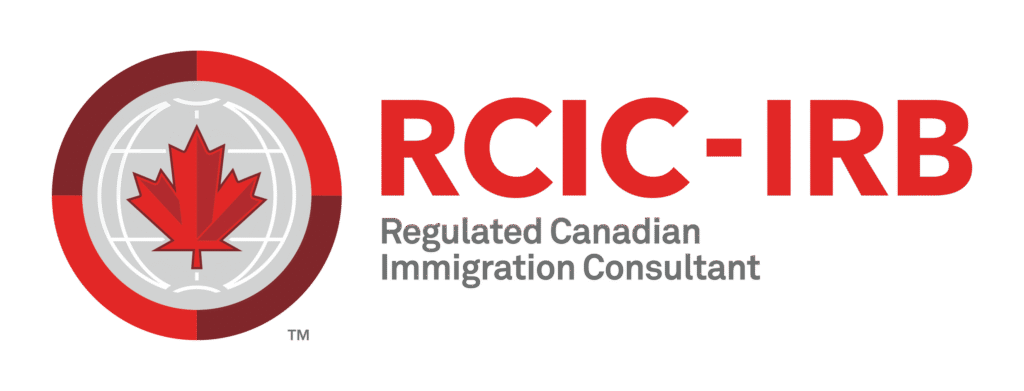Healthcare Graduates Lead STEM and Business Peers in Career Success Among Study-to-Immigrate Students in Canada

A new study by Statistics Canada reveals that international students who graduate from healthcare programs are more likely to find jobs aligned with their field of study after becoming permanent residents, compared to those in STEM (Science, Technology, Engineering, Mathematics) and Business and Administration fields.
The research, conducted by Youjin Choi and Li Xu, analyzed international students who became permanent residents between 2011 and 2021 and compared their career outcomes across various fields of study and education levels.
Key Findings at a Glance
| Field of Study | Alignment Rate (%) |
|---|---|
| Healthcare | 56.7 |
| STEM | 43.0 |
| Business and Administration | 35.2 |
Healthcare graduates demonstrated alignment rates 10–20% higher than those in STEM and Business programs.
Healthcare Graduates See the Strongest Study-to-Work Alignment
Graduates from healthcare programs were most likely to work in fields directly related to their education. The highest alignment occurred among those who studied healthcare at the bachelor’s level.
In contrast, STEM and Business graduates—especially those below the bachelor’s degree level—had the lowest alignment between their education and employment fields.
A general trend showed that higher education levels and obtaining the highest credential in Canada increased alignment rates.
Alignment Rates by STEM Specialization
Even when broken down into specific STEM areas, healthcare graduates maintained stronger alignment:
| Field of Study | Alignment Rate (%) |
|---|---|
| Science & Science Technology | 23.9 |
| Engineering & Engineering Technology | 47.3 |
| Mathematics & Computer Science | 47.9 |
International STEM Graduates Outperform Canadian-Born Peers in Job Alignment
International STEM graduates who obtained their highest degree in Canada had 16% higher alignment than Canadian-born STEM graduates.
However, healthcare and business international graduates had slightly lower alignment rates compared to their Canadian-born counterparts:
| Field | International (Highest in Canada) | Canadian-Born | Difference |
|---|---|---|---|
| STEM | 47.9% | 31.9% | +16% |
| Business & Administration | 37.6% | 44.8% | -7.2% |
| Healthcare | 57.5% | 65.8% | -8.3% |
STEM Graduates Maintain Strong Employment Outcomes Despite Lower Alignment
While STEM graduates had lower alignment rates than healthcare peers, they still enjoyed the lowest unemployment rate of all studied cohorts.
Among those working in unrelated fields, STEM graduates were more likely to hold medium-skilled jobs (TEER 2–3: 12.9%) than low-skilled jobs (TEER 4–5: 11.5%).
Healthcare graduates, on the other hand, were equally distributed between high-skilled (TEER 0–1) and medium-skilled jobs (7.5%), and slightly more represented in low-skilled roles (12.4%).
Work Outcomes by Field (2011–2021)
| Work Outcomes | STEM (%) | Business & Admin (%) | Healthcare (%) |
|---|---|---|---|
| Did not work (2020–2021) | 5.3 | 7.7 | 8.0 |
| In-field occupation | 43.0 | 35.2 | 56.7 |
| STEM-related | 4.8 | 1.5 | 1.0 |
| Business-related | 8.5 | 35.2 | 4.4 |
| Health-related | 2.0 | 1.0 | 56.7 |
| Other occupations | 36.4 | 49.3 | 27.4 |
| TEER 0–1 (High-skill) | 11.9 | 12.6 | 7.5 |
| TEER 2–3 (Medium-skill) | 12.9 | 15.8 | 7.5 |
| TEER 4–5 (Low-skill) | 11.5 | 20.9 | 12.4 |
Note: The TEER system (Training, Education, Experience, and Responsibilities) classifies Canadian occupations from TEER 0 (highest-skilled) to TEER 5 (lowest-skilled).
Unaligned Graduates Tend to Leave Their Study Fields
Graduates whose jobs didn’t align with their studies were often found working outside STEM, business, or healthcare entirely.
| Field | % Working Outside Field |
|---|---|
| STEM | 36.4% |
| Business & Administration | 49.3% |
| Healthcare | 27.4% |
Business graduates were the most likely to move into unrelated occupations. Interestingly, 8.5% of STEM and 4.4% of healthcare graduates transitioned into business-related roles.
Canadian Education Boosts Job Alignment
Graduating in Canada has a strong positive impact on job alignment—especially in STEM fields, where the difference was +16.2%.
| Field | All International Grads (%) | Highest Education in Canada (%) | Highest Education Outside Canada (%) |
|---|---|---|---|
| STEM | 43.0 | 47.9 | 31.7 |
| Business & Administration | 35.2 | 37.6 | 29.0 |
| Healthcare | 56.7 | 57.5 | 56.0 |
Healthcare alignment changed the least based on study location (+1.5%), while STEM saw the largest gain.
Higher Education Levels = Better Alignment
For STEM and Business students, higher education levels correlated with higher alignment rates.
However, in healthcare, alignment was highest at the bachelor’s level (62.1%) and dropped slightly for post-graduate degrees (51.6%).
| Field | Level of Study | Alignment Rate (%) |
|---|---|---|
| STEM | Below Bachelor’s | 21.9 |
| STEM | Bachelor’s | 39.6 |
| STEM | Above Bachelor’s | 53.1 |
| Business | Below Bachelor’s | 19.3 |
| Business | Bachelor’s | 38.4 |
| Business | Above Bachelor’s | 44.6 |
| Healthcare | Below Bachelor’s | 53.8 |
| Healthcare | Bachelor’s | 62.1 |
| Healthcare | Above Bachelor’s | 51.6 |
Canadian-Educated Immigrants Outperform Those Without Canadian Education
Across all education levels and fields, international graduates who studied in Canada had significantly higher job alignment than immigrants with no Canadian education background.
| Field | Highest Education in Canada (%) | Highest Education Outside Canada (%) | No Canadian Education (%) |
|---|---|---|---|
| STEM | 47.9 | 31.7 | 30.1 |
| Business | 37.6 | 29.0 | 25.2 |
| Healthcare | 57.5 | 56.0 | 49.3 |
Summary
Healthcare graduates have the highest study-to-work alignment, especially at the bachelor’s level.
STEM graduates have lower alignment but the strongest employment outcomes overall.
Business graduates show the lowest alignment and highest rate of career shifts to other fields.
Studying in Canada substantially increases career alignment, particularly for STEM students.

